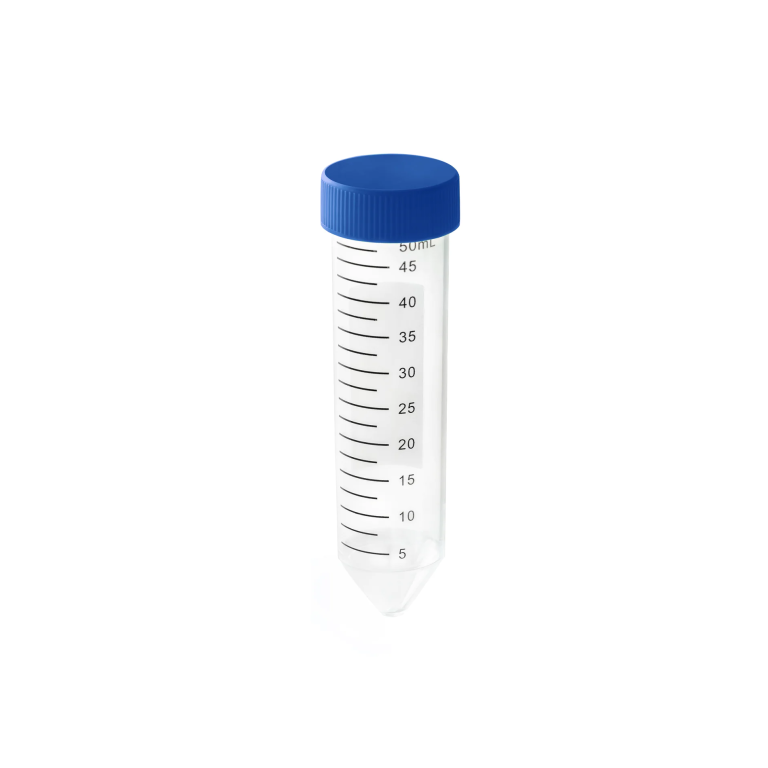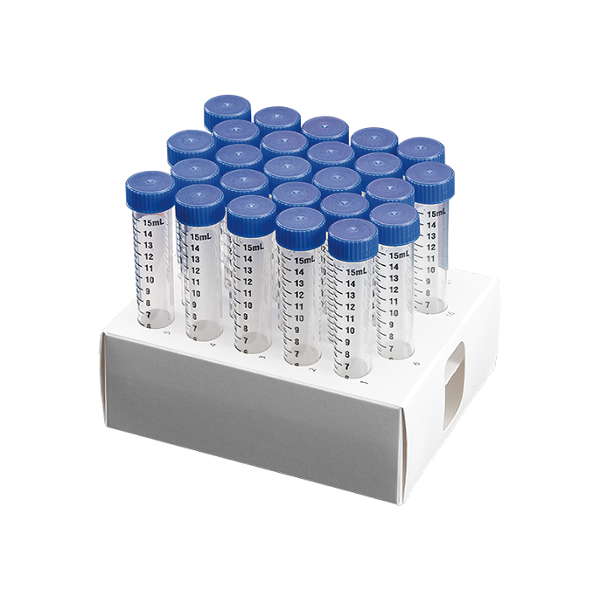Recent advancements in robotic tip technology reflect the growing demands for precision, versatility, and efficiency in various industries. Here are some of the latest developments:
### 1. **Advanced Materials**
– **Smart Materials:** The use of smart materials, such as shape-memory alloys and piezoelectric materials, allows robotic tips to adapt their properties in response to environmental changes or applied forces.
– **Nanomaterials:** Incorporation of nanomaterials into robotic tips enhances their strength, durability, and sensitivity, enabling them to handle smaller and more delicate tasks with higher precision.
### 2. **Integration of Sensors**
– **Force and Tactile Sensors:** Modern robotic tips now often include integrated force and tactile sensors, which provide real-time feedback on the interaction with objects. This improves the ability to handle delicate or variable materials without causing damage.
– **Optical Sensors:** Advanced optical sensors are used for precise measurement and alignment tasks, enhancing the accuracy of robotic operations.
### 3. **Enhanced Gripping Technologies**
– **Adaptive Grippers:** New adaptive gripper technologies allow tips to conform to the shape of objects, providing a secure grip regardless of the object’s shape or texture. This is particularly useful for handling irregularly shaped or fragile items.
– **Soft Robotics:** Soft robotic tips made from flexible materials can handle delicate objects gently and efficiently, mimicking human dexterity.
### 4. **Miniaturization and Micro-Manipulation**
– **Micro-Robotic Tips:** Miniaturized robotic tips enable micro-manipulation tasks, such as handling microelectronic components or performing precise medical procedures. These tips offer high precision in small-scale operations.
– **High-Resolution Actuators:** Advances in actuator technology allow for finer control and movement, essential for tasks requiring micro-scale precision.
### 5. **Modular and Interchangeable Tips**
– **Modular Systems:** Modular robotic tip systems allow for quick and easy swapping of tips based on the task at hand, increasing flexibility and reducing downtime in automated systems.
– **Interchangeable Tips:** Improved designs make it easier to interchange tips with different functionalities, enhancing the versatility of robotic systems.
### 6. **Enhanced Cleaning and Sterilization Features**
– **Self-Cleaning Tips:** Innovations in self-cleaning technology help maintain the hygiene and functionality of robotic tips, particularly in medical and food handling applications.
– **Advanced Sterilization:** New materials and designs facilitate more effective sterilization processes, ensuring that robotic tips remain contaminant-free in sensitive environments.
### 7. **Machine Learning and AI Integration**
– **Adaptive Algorithms:** Integration with machine learning algorithms allows robotic tips to learn from their interactions and improve their performance over time. This leads to better handling of complex tasks and dynamic environments.
– **AI-Driven Control:** AI-driven control systems enable robotic tips to make real-time adjustments based on sensory feedback, enhancing their ability to perform tasks autonomously.
### 8. **Wireless and Remote Control**
– **Wireless Connectivity:** Advances in wireless technology allow for remote control and monitoring of robotic tips, improving accessibility and flexibility in various applications.
– **Remote Sensing:** Remote sensing capabilities enable the operation of robotic tips in hazardous or inaccessible environments, such as space exploration or deep-sea exploration.
### 9. **Biocompatible and Environmentally Friendly Designs**
– **Biocompatible Materials:** For medical and biological applications, robotic tips are increasingly made from biocompatible materials to ensure safety and compatibility with living tissues.
– **Eco-Friendly Designs:** New designs focus on sustainability, using environmentally friendly materials and processes to reduce the environmental impact of robotic tips.
### 10. **Enhanced Precision and Accuracy**
– **High-Precision Actuators:** Developments in actuator technology have led to improvements in precision and accuracy, essential for tasks requiring meticulous control.
– **Calibration Systems:** Advanced calibration systems ensure that robotic tips maintain high levels of accuracy and performance over time.
Summary of Latest Advancements in Robotic Tip Technology:
| Advancement | Description | Impact |
| **Smart Materials** | Shape-memory alloys, piezoelectric materials | Adaptive properties, enhanced performance |
| **Nanomaterials** | Increased strength, durability, sensitivity | Improved handling of delicate tasks |
| **Force and Tactile Sensors** | Real-time feedback on object interaction | Better handling and precision |
| **Optical Sensors** | High-precision measurement and alignment | Enhanced accuracy and control |
| **Adaptive Grippers** | Conform to object shapes and textures | Improved handling of irregular or fragile items |
| **Soft Robotics** | Flexible, gentle handling | Mimics human dexterity, suitable for delicate tasks |
| **Micro-Robotic Tips** | Miniaturized tips for small-scale operations | Precision in micro-manipulation |
| **High-Resolution Actuators** | Finer control and movement | Improved performance in micro-scale tasks |
| **Modular Systems** | Quick and easy tip swapping | Increased flexibility and reduced downtime |
| **Self-Cleaning Tips** | Maintenance of hygiene and functionality | Reduced manual cleaning, better performance |
| **AI Integration** | Machine learning for adaptive performance | Enhanced autonomous operation |
| **Wireless Connectivity** | Remote control and monitoring | Improved accessibility and flexibility |
| **Biocompatible Materials** | Safe for medical and biological applications | Ensures safety and compatibility |
| **Eco-Friendly Designs** | Environmentally friendly materials and processes | Reduced environmental impact |
| **High-Precision Actuators** | Improved precision and accuracy | Essential for tasks requiring meticulous control |
These advancements are transforming the capabilities of robotic tips, making them more versatile, efficient, and suitable for a wider range of applications across different industries.


